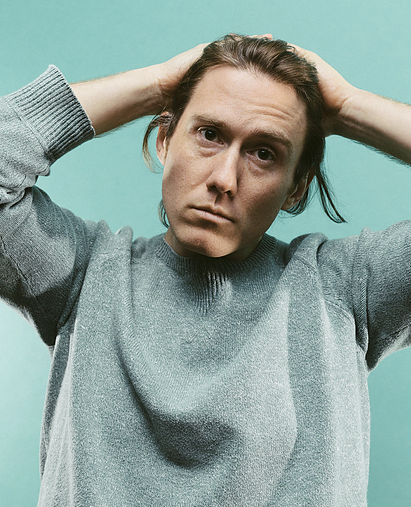
Of all the possible songs in the world, Alex McElroy once quoted to me part of the apocalyptic voiceover in “The Dead Flag Blues” on Godspeed You! Black Emperor’s album F#A#∞: “The car’s on fire, and there’s no driver at the wheel.” Every time I’d listen to that song, I’d hear Alex’s voice. Then came the snowy afternoon when I logged onto Zoom for my interview with Alex about their debut novel, The Atmospherians. Before we started, I put on that Godspeed record and then settled in for our talk (me in Denver, them in NYC). In the background, an unidentified man narrated the end times: “We’re trapped in the belly of this horrible machine, and the machine is bleeding to death.” And I realized how much of Alex’s novel depicts many of the same moods and fears and darknesses.
You have reached your article limit
Sign up for a digital subscription and continue reading all new issues, plus our entire archives, for just $1.50/month.
Already a subscriber? Sign in




